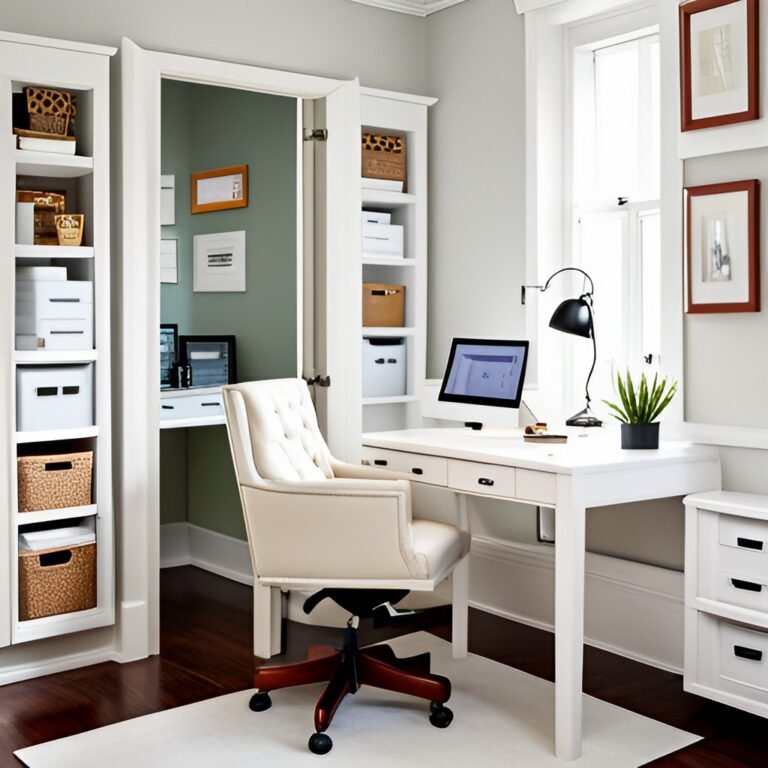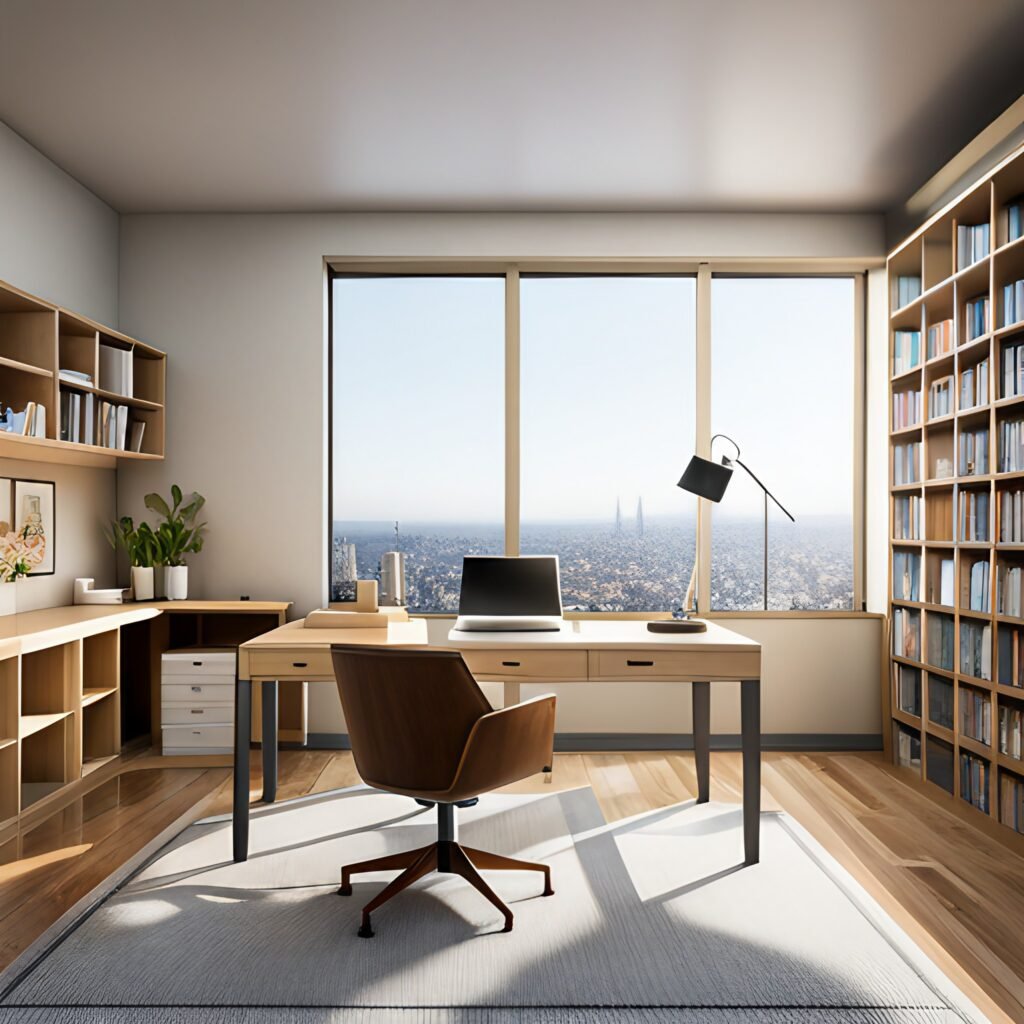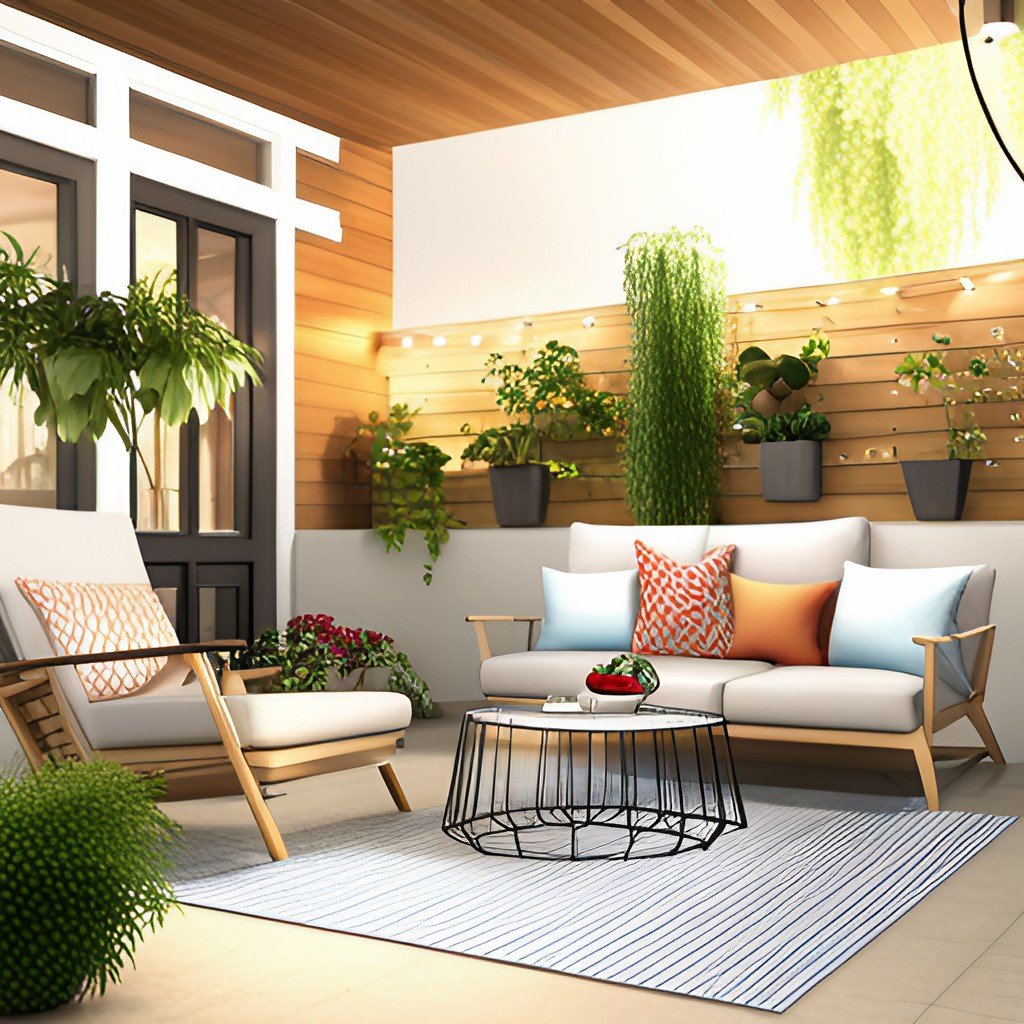With the rise of remote work and the increasing flexibility of work hours, our homes are becoming more and more our professional hubs. However, how can you ensure your work from home setup is optimized for productivity, comfort, and focus? This comprehensive guide will help remote workers and work-from-home parents alike in transforming any space into the perfect home office. Now, let’s discuss how to make home office more productive.
“This article contains affiliate links. I might get commissions from those links if you click through the link and finalize a purchase. Please read Disclosure section for more information.”
How to make home office more productive: expert tips
The detailed guidelines are given below will answer the question on how to make home office more productive. So now, let’s explore the article for making your home office more productive.
Designing a Distraction-Free Zone
When setting up a home office, it’s crucial to create a space that minimizes distractions and maximizes concentration. In addition, your environment has a significant impact on your work effectiveness, so consider the following steps to design a focused zone.
Choosing the Right Space
Select a room or corner of your home with minimal foot traffic. If you have a spare room, then this can be an ideal location. Besides, natural light and adequate ventilation also play a role in maintaining a healthy and pleasant working environment.
Simplify and Customize
Once you’ve picked a spot, then simplify the area. Firstly, clear out unnecessary items and furniture. Next, personalize the space. Don’t forget to Add plants, inspiring artwork, or a vision board to help bring a sense of motivation and individuality to your workspace.
Upgrade Your Technology
Invest in high-quality technology. Ensure a fast and reliable internet connection . Furthermore, consider upgrading to a large monitor or a dual-screen setup. This not only enhances productivity , but also contributes to a modern, efficient workspace.

How to Make Home Office More Productive with Ergonomics: Your Body’s Best Friend
One of the most overlooked aspects of a home office is ergonomics. Your physical well-being is a significant factor in your productivity and long-term health. Definitely, ergonomic design aims to create a workspace that is comfortable and efficient for your body.
Chair and Desk: The Foundation
Your office chair and desk are the cornerstones of your ergonomic setup. Look for a chair with lumbar support and a height-adjustable desk that allows you to work both seated and standing. Your feet should touch the floor, and your knees should be at a 90-degree angle when seated. Here, I discuss some table and chair information which have good reviews and good for home office. Also, those tables and chairs are very good for health.
Tables
No products found.
No products found.
No products found.
Chairs
No products found.
No products found.
No products found.
The Right Height and Posture
Your computer monitor should be at eye level and arm’s length away. Keep your keyboard and mouse at a height where your elbows are at a 90-degree angle and your wrists are straight. Remember to sit back in your chair with your back fully supported.
Motion and Breaks
Incorporate motion into your workday. First, consider a balance ball chair or standing desk converter to alternate between sitting and standing. Then, schedule regular breaks to stretch and move around, which can help reduce the strain on your muscles.

Read more- How to Design Indoor Patio for Summer
How to Make Home Office More Productive with Storage and Organization Tips
An organized office can save you time and reduce stress. Furthermore, when documents and supplies are easily accessible, you can maintain a clear focus on your work rather than looking for misplaced items.
Filing and Document Management
Invest in a file cabinet or storage system. It can keep your important documents sorted and secure. Moreover, digital filing systems can also be a great asset. What’s more, try cloud-based services offering accessibility and backup security.
Cable Management
Cluttered cables can be not only unsightly, but also hazardous and frustrating to work with. Use cable organizers and clips to keep them neat and off the floor. It can help you prevent tangling and making it easier to clean your workspace.
Desk and Shelf Organization
Utilize desk and shelf organizers to keep common items sorted and within reach. Consider a pegboard or wall-mounted system to free up desk space. And keep frequently used tools handy yet out of the way. Here is some desk organization list for home decoration.
No products found.
No products found.
No products found.
No products found.

Aesthetic Touches for Productivity
While the functional aspects of your home office are crucial, don’t underestimate the power of aesthetics in boosting your productivity. Your surroundings can have a significant influence on your mood and energy levels.
Color Psychology
Choose a wall color or accent palette that promotes focus. Soft blues, greens, or neutral tones tend to have calming effects, while reds and yellows can be more energizing. Besides, consider how different colors might influence your productivity throughout the day.
Inspiring Decor
Personalize your office with items that motivate and inspire you. Whether it’s a quote on the wall, a photo of your loved ones, or a collection of your favorite books, surrounding yourself with positivity can enhance your work ethic.
Lighting Solutions
The right lighting can prevent eye strain and fatigue. Both of which can reduce your productivity. Thus, use a combination of natural and artificial light sources. Task lighting, such as a desk lamp, can supplement natural light, especially during darker hours.

Nurturing a Healthy Work-Life Balance
Firstly, it should be noted that the challenge of working from home is maintaining a clear boundary between your work life, and personal life. Your home office should support this balance, rather than blending the two together.
Set Clear Work Hours
Establish a routine with set work hours. This helps create a psychological boundary and lets your family know when you’re available and when you need to focus. Then, be sure to communicate these hours effectively to colleagues and clients as well.
Encourage Separation
If possible, have a separate entrance to your home office. Since, this can help create a mental separation between your professional and personal spaces. Physically leaving your office at the end of the workday can also be a helpful routine.
How to Make Home Office More Productive with Relaxation Zones
Building relaxation areas near your office can reinforce the boundary between work, and personal life. Whether it’s a reading nook, a meditation space, or simply a comfortable chair, having a space to unwind can be invaluable.

Revamping Your Digital & Communication Systems
With so much of our work now taking place online, it’s important to have systems in place that keep you connected and your data secure.
How to Make Home Office More Productive by Utilizing Communication Apps
Familiarize yourself with a range of communication tools. It often includes video conferencing, instant messaging, and project management apps. Therefore, ensure you can use these effectively to keep in touch with colleagues and clients.
Cybersecurity
Invest in robust security measures to protect your data. Equally important, use a VPN, secure your Wi-Fi network, and install antivirus software. It’s also important to have a backup system in place for your files.
Device Management
If you use multiple devices, consider device management software to maintain consistency and access when working from different places in your home. This can streamline your work processes and save you time.
The Financial Side of Home Office Setup

Creating the perfect home office can come with a cost. Whether you’re an employee working from home or self-employed, there are financial aspects to consider.
Employer Reimbursement
If you work for a company, inquire about potential reimbursements for home office expenses. Evidently, many employers offer stipends to cover the costs of setting up a comfortable, and functional workspace.
Tax Deductions
Self-employed individuals or independent contractors may qualify for tax deductions. It relates to their home office equipment, utilities, and other related expenses. So, keep thorough records of your home office costs and consult a tax professional for advice.
Budget Wisely
Make a list of essentials and prioritize your purchases. It’s not necessary to buy everything at once. Determine what you need immediately for your comfort and productivity, and then plan to acquire additional items over time.
Wrapping Up: How to Make Home Office More Productive
Creating a home office that is perfect for you is a process that requires time, effort, and personalization. While this guide provides a comprehensive approach to setting up your space, it’s essential to listen to your needs and make adjustments as you discover what works best for you.
Stay open to adapting your home office as your work and personal life evolve. Regularly reassess and tweak the various elements of your space to ensure they continue to support your productivity, and well-being.
By following these guides on how to make home office more productive and infusing your personal style and needs into the design, you can transform any space into a home office that is both professional and uniquely yours.



